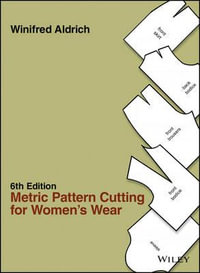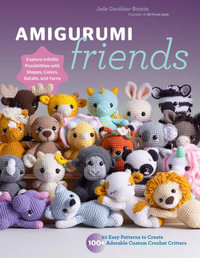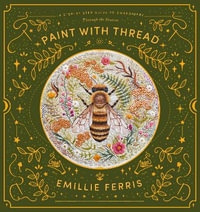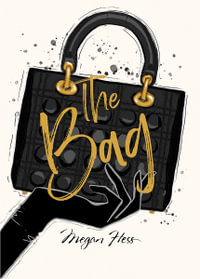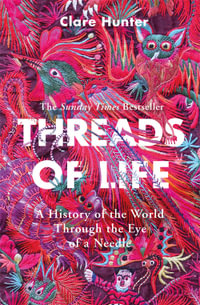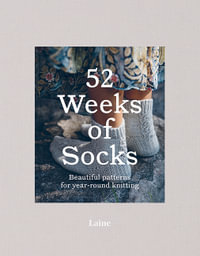What are the building blocks of a great wardrobe? For men - the shirt, and pants. For women - the blouse, skirt, dress, and pants. The Illustrated Guide to Sewing: Garment Construction will teach the home seamstress how to make them all, as well as learn how to design and sew garments that flatter their figure and reflect their personal style. From learning how to take proper measurements and make a muslin, to fitting and making common adjustments, the basic order of construction for each garment, such as fitting the bodice before attaching sleeves, is covered. Detailed chapters on elements-sleeves, collars, waistbands, hems, and more-provide valuable insight on how each piece is created and joined to the whole.
Industry Reviews
Pros: step-by-step colour photos for everything, left and right handed instructions for hand sewing, progresses through basics to quite advanced techniques Cons: some later instructions may be hard to follow without referring to the accompanying photos and even the glossary The Illustrated Guide to Sewing: Garment Construction is a great guide for beginner and intermediate sewers who want to give their sewing a more professional look. It starts with the basics, touching briefly on some machine and hand sewing techniques, fabric preparation and essential notions. It assumes some knowledge and suggests reading through your sewing machine guide if you're a complete beginner before starting with this book. This book teaches garment construction specifically. From the hand stitching techniques of basting (to check fit before sewing) to hemming, the book moves on to the correct construction order for garments and then to professional style finishing techniques. Each set of instructions is accompanied by a series of full colour photographs with the different steps numbered for reference. The photos certainly help with clarity. Actual beginners will find themselves flipping to the glossary at the back of the book and to earlier sections where some procedures are given in more detail. I imagine many of the techniques taught (as with everything skill related) take time and practice to master. The book recommends taking extra time with pre-sewing adjustments to ensure that you only sew once to create flattering, well constructed garments. And this is certainly a great book to help you achieve your sewing goals.
I own a lot of books about sewing and fashion, but rarely do I just sit down and read them. Mostly I use them when I need to know something specific. For this one, however, I actually sat down and looked through it from cover to cover and noted some of the things that differentiate this from other books. This book is for a beginner and they do a very thorough job of taking you through the construction of a garment. Some of the things that stood out to me: -Explanations of the different type of machine stitches. That's usually only in the manuals that come with the machine -The illustrations of hand sewing were very detailed and helpful -Assurances that space shouldn't be an issue when setting up your sewing area -Guide to the use of color and pattern to enhance different body types. That's usually in books about fashion, not sewing -Detail about how to straighten fabric and concise and clear instructions on preparing fabric to sew -Rudimentary instructions for altering patterns made the process seem not so intimidating -Directions on pinning patterns to fabric and matching plaids and checks. Good for those of us who are slaves to the pattern instructions -Shows how to assemble five basic garments based on logic not pattern instructions -Includes men's clothing -After showing basics, goes into more details with seams, zippers, pockets, etc. Good for a beginner and also a great addition to any sewing library.
New stitchers or those looking for a refresher course in garment sewing will find this title particularly useful as it provides a step-by-step guide to making a basic wardrobe of clothes designed to flatter and fit. Using classic sewing techniques it guides the reader through each stage required to make a dress, shirt, blouse, skirt and women'slmen's trousers with detailed sections on seams, hems, closures, sleeves, collars, pockets, hems and facings. Presented as a photo guide it is easy to follow and improve skills while learning the basics of hand and machine stitching, working with patterns, adjusting to fit, assembling and finishing. All in all, a great introduction for those looking to progress to advanced techniques or who want to boost their wardrobe with some wellfitting staples.
' a great introduction for those looking to progress to advanced techniques or who want to boost their wardrobe with some well fitting staples.'
Not for the outright beginner, these books provide in-depth instruction on creating classic wardrobe basics and professional clothing for both men and women. Readers learn how to select patterns that fit their body shape and measurements, choose fabrics, and construct seams, cuffs, collars, and waistbands.






